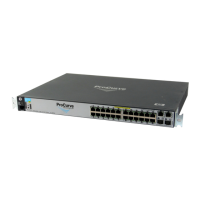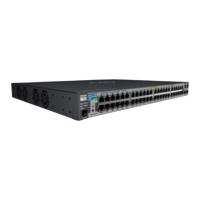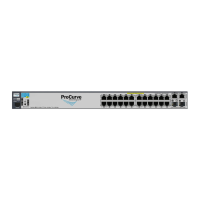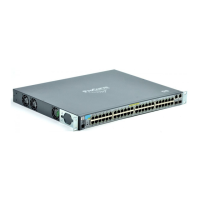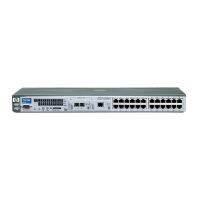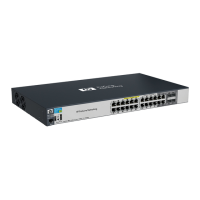13-28
802.1w Rapid Spanning Tree Protocol (RSTP) and 802.1d Spanning Tree Protocol (STP)
802.1p Spanning-Tree Protocol (STP)
Caution In general, fast-uplink spanning tree on the Switches 2650 and 6108 is useful
when running STP in a tiered topology that has well-defined edge switches.
Also, ensure that an interior switch is used for the root switch and for any
logical backup root switches. You can accomplish this by using the Spanning
Tree Priority (sometimes termed bridge priority) settings that define the
primary STP root switch and at least one failover root switch (in the event that
the primary root switch fails). Inappropriate use of Fast-Uplink STP can cause
intermittent loops in a network topology. For this reason, the Fast-Uplink STP
feature should be used only by experienced network administrators who have
a strong understanding of the IEEE 802.1D standard and STP interactions and
operation. If you want to learn more about STP operation, you may find it
helpful to refer to publications such as:
Perlman, Radia, Interconnections, Second Edition; Bridges, Routers,
Switches, and Internetworking Protocols, Addison-Wesley Professional
Computing Series, October 1999
Note When properly implemented, fast-uplink STP offers a method for achieving
faster failover times than standard STP, and is intended for this purpose for
instances where 802.1d STP has been chosen over 802.1w RSTP.
To use fast-uplink STP, configure fast-uplink (Mode = Uplink) only on the
switch’s upsteam ports; (that is, two or more ports forming a group of
redundant links in the direction of the STP root switch). If the active link in
this group goes down, fast-uplink STP selects a different upstream port as the
root port and resumes moving traffic in as little as ten seconds. The device(s)
on the other end of the links must be running STP. However, because fast
uplink should be configured only on the Switch 2650 or 6108 uplink ports, the
device(s) on the other end of the links can be either HP devices or another
vendor’s devices, regardless of whether they support fast uplink. For example:
Figure 13-11. Example of How To Implement Fast-Uplink STP
• STP is running on both switches.
• Port “A” and port “B” are both configured for
fast-uplink STP (Mode = Uplink).
STP Root
Switch
Switch 2650
or 6108
(Wiring
Closet, or
Edge
Switch)
LAN
STP Blocking
Port A is the STP root port.
B
Port B provides a backup redundant link.
that becomes the new STP root port
(uplink port) if the link through port A
C
A
D
E
!Software.book Page 28 Thursday, October 10, 2002 6:10 PM
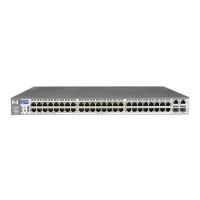
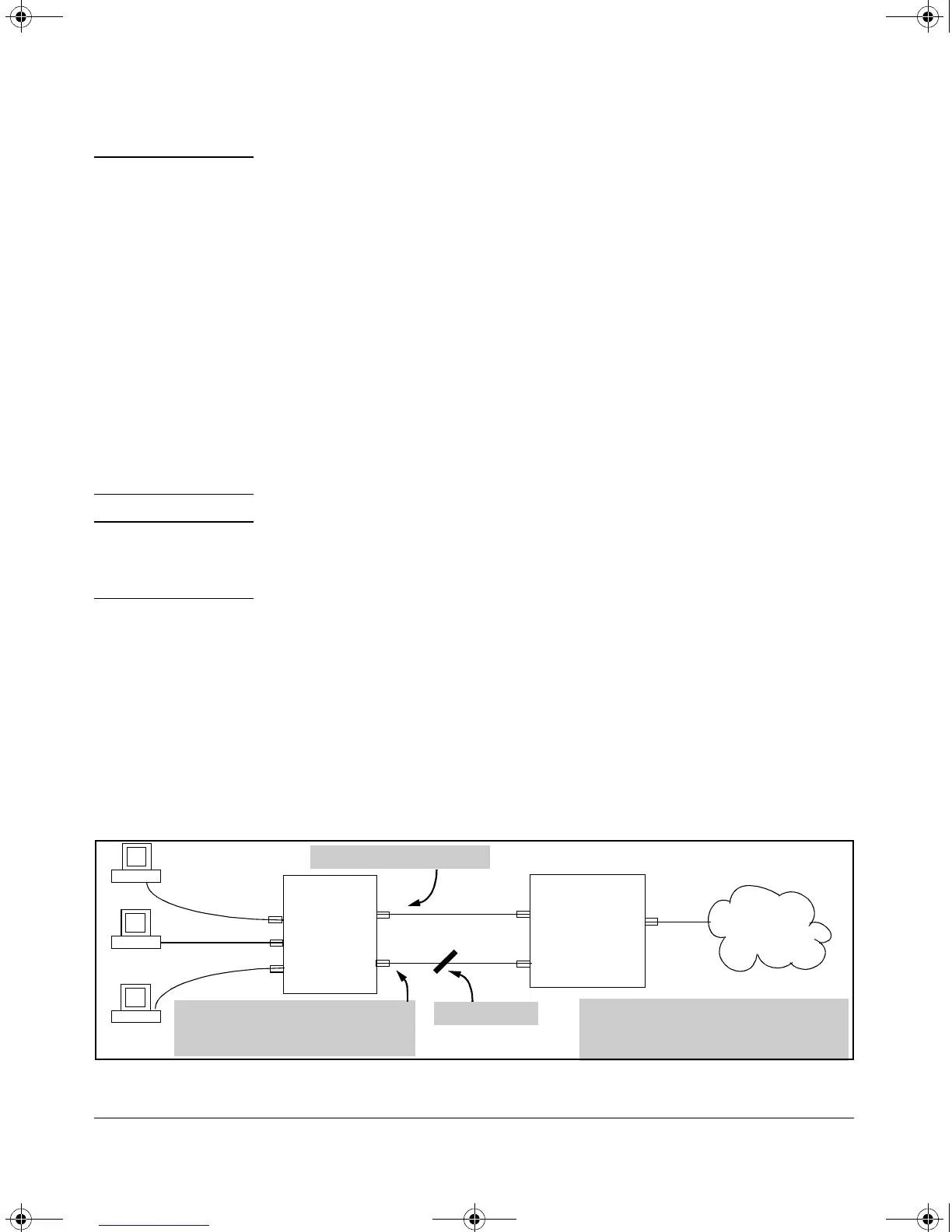